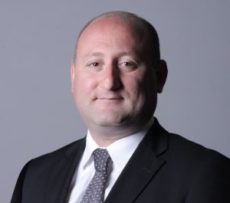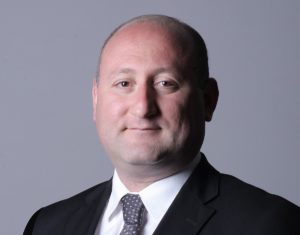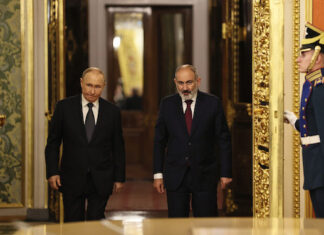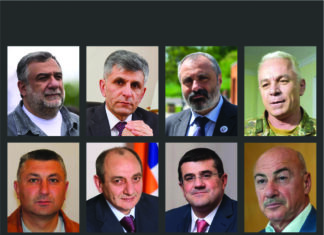The last few weeks left many Armenian Americans taken aback as a number of American cities adopted resolutions commemorating the deaths of Khojaly Azerbaijanis on February 25-26, 1992 at the hands of Armenians. Several of the resolutions, such as that of Skokie, Illinois, termed the incident a “genocidal act” or, as those of the mayors of Portland, Maine, and Hallandale Beach, Florida, and, initially, of the governor of Minnesota, outright “genocide.”
In the cities of Boston and Aventura and Sunny Ayles Beach, Florida, the proclamations were more circumspect and used the word massacre. Often the proclamations assert Azerbaijani claims to the Armenian-populated territories of Nagorno Karabakh and appear part of an orchestrated political campaign supported by the Azerbaijani government.
Yet these proclamations should not have been that much of a surprise. There have been similar resolutions, with varying wordings, sporadically issued by various US governmental bodies on the state and local level, for over a decade. Most of the places issuing these resolutions do not have large Armenian populations, with the exception of Boston, but even there, in 2010, the Massachusetts House of Representatives had issued a similar proclamation. Many of the prior resolutions are connected to junkets, campaign contributions and other sorts of bribes given to American politicians by individuals or groups connected to the Azerbaijani government or oil companies doing business in Azerbaijan.
The Khojaly event itself is a tragedy, however we understand it, because of the deaths of a good number of people. There is evidence, including Markar Melkonian’s brief description in his biography of his brother, Monte, that Armenian soldiers killed at least over one hundred, and possibly hundreds of Azerbaijanis and Meskhetian Turks. However, the circumstances of the shootings remain disputed, with Armenians stating that Azerbaijani soldiers took advantage of a corridor allowed for fleeing civilians and endangered the lives of those fleeing, while Azerbaijani ex-president Ayaz Mutalibov claimed the massacre was organized by his Azerbaijani political opponents to discredit him. Furthermore, there is some testimony and visual evidence of mutilation to corpses occurring after they already were on Azerbaijani territory.

In any case, it is clear by both the numbers and context that this was not a case of genocide. Khojaly also has to be understood alongside the series of pogroms or massacres of Armenians that began in Sumgait, Azerbaijan, in 1988, and continued in Kirovabad (Ganja) the same year, Baku, 1990, Maragha, Karabakh, in April 1992, and constant bombardments of Stepanakert and other civilian targets. That is of course aside from various brutal individual acts of violence and massacres by both sides throughout the first Karabakh war in the 1990s, itself an attempt by local Armenians to escape oppression extending over decades if not longer, and claim their political rights. That conflict turned into a war due to the violence of the Azerbaijani reaction both at the end of the Soviet Union and the beginning of an independent Republic of Azerbaijan.
The politicization of the Khojaly killings this year appears more striking because of the recent Karabakh war. Defeats leading to a supine Armenian leadership make broader Azerbaijani territorial claims to not only the remainder of Armenian-controlled Artsakh but to the territories of the Republic of Armenia, even to Yerevan, more menacing. More immediately, Azerbaijan seems to be expanding its control of territories on the borders of Armenia proper, while Armenian churches in Artsakh are being claimed as Caucasian Albanian.








